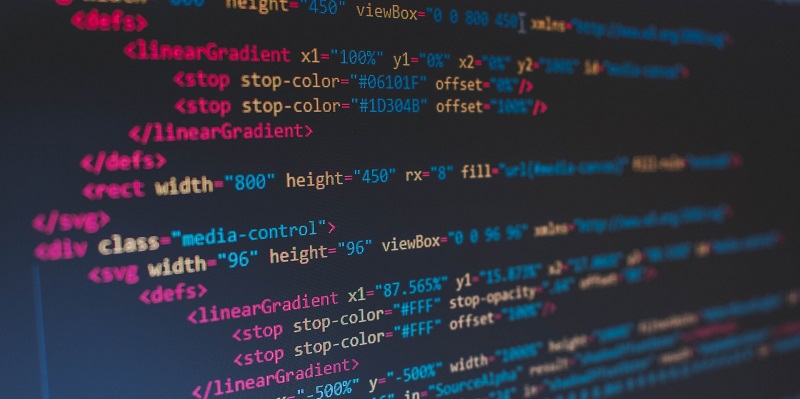As organizations rely on the SolarWinds Access Rights Manager Tool (ARM) for efficient IT management, the discovery of eight vulnerabilities, including three critical ones, has raised concerns regarding the potential for attackers to gain the highest levels of privilege in unpatched systems. Trend Micro’s Zero Day Initiative (ZDI) recently disclosed a series of vulnerabilities in ARM, highlighting the critical need for prompt action to protect corporate networks.
SolarWinds as a Critical IT Management Platform
SolarWinds holds a unique and sensitive position in corporate networks as a comprehensive IT management platform. The compromised integrity of SolarWinds could have far-reaching consequences, jeopardizing the confidentiality, availability, and overall security of an organization’s operations. Thus, vulnerabilities in SolarWinds, such as those found in ARM, demand immediate attention and mitigation.
Details of the Discovered Vulnerabilities
Trend Micro’s ZDI has shed light on a range of vulnerabilities in ARM, classifying them as “High” and “Critical”. These vulnerabilities expose potential avenues for attackers to exploit and compromise corporate networks.
Critical Severity Vulnerabilities
Among the identified vulnerabilities, the most severe vulnerability allows remote unauthenticated attackers to execute arbitrary code at the system level. This poses a significant threat, as attackers could gain control over critical infrastructure elements. Furthermore, two vulnerabilities grant unauthorized users the ability to abuse local resources and exploit incorrect folder permissions to escalate their privileges within the system. These vulnerabilities emphasize the importance of robust access controls and permissions management.
Other vulnerabilities, rated 8.8 out of 10 by Trend Micro, enable users to abuse SolarWinds services or the ARM API for remote code execution. These exploits highlight the need for regular monitoring and security assessments to detect and prevent unauthorized access to SolarWinds resources.
Regarding RCE Vulnerabilities
The most alarming vulnerabilities identified by Trend Micro are the trio of Remote Code Execution (RCE) vulnerabilities, each assigned a “critical” rating of 9.8. These vulnerabilities, namely CVE-2023-35182, CVE-2023-35185, and CVE-2023-35187, lack proper validation for the methods createGlobalServerChannelInternal, OpenFile, and OpenClientUpdateFile, respectively. The absence of authentication requirements for exploitation heightens the risk, allowing attackers to run arbitrary code at the SYSTEM level. This level of access provides the utmost control, enabling attackers to infiltrate and manipulate critical systems without hindrance.
Patching the Vulnerabilities
SolarWinds has responded swiftly to the discovered vulnerabilities by releasing ARM version 2023.2.1. This updated version effectively addresses all eight vulnerabilities, ensuring enhanced protection against potential exploitation. It is crucial for organizations to promptly update their ARM installations and implement the patch to mitigate the risk of compromise.
The vulnerabilities discovered in the SolarWinds Access Rights Manager Tool (ARM) serve as a grave reminder of the importance of robust cybersecurity practices. With the potential for attackers to gain high levels of privilege and execute arbitrary code, organizations cannot afford to delay taking action. By promptly updating their ARM installations and staying vigilant in monitoring and mitigating potential vulnerabilities, organizations can better defend against potential attacks and protect their vital IT infrastructure. Safeguarding SolarWinds and other critical platforms remains essential to maintain data integrity, confidentiality, and overall network security.

